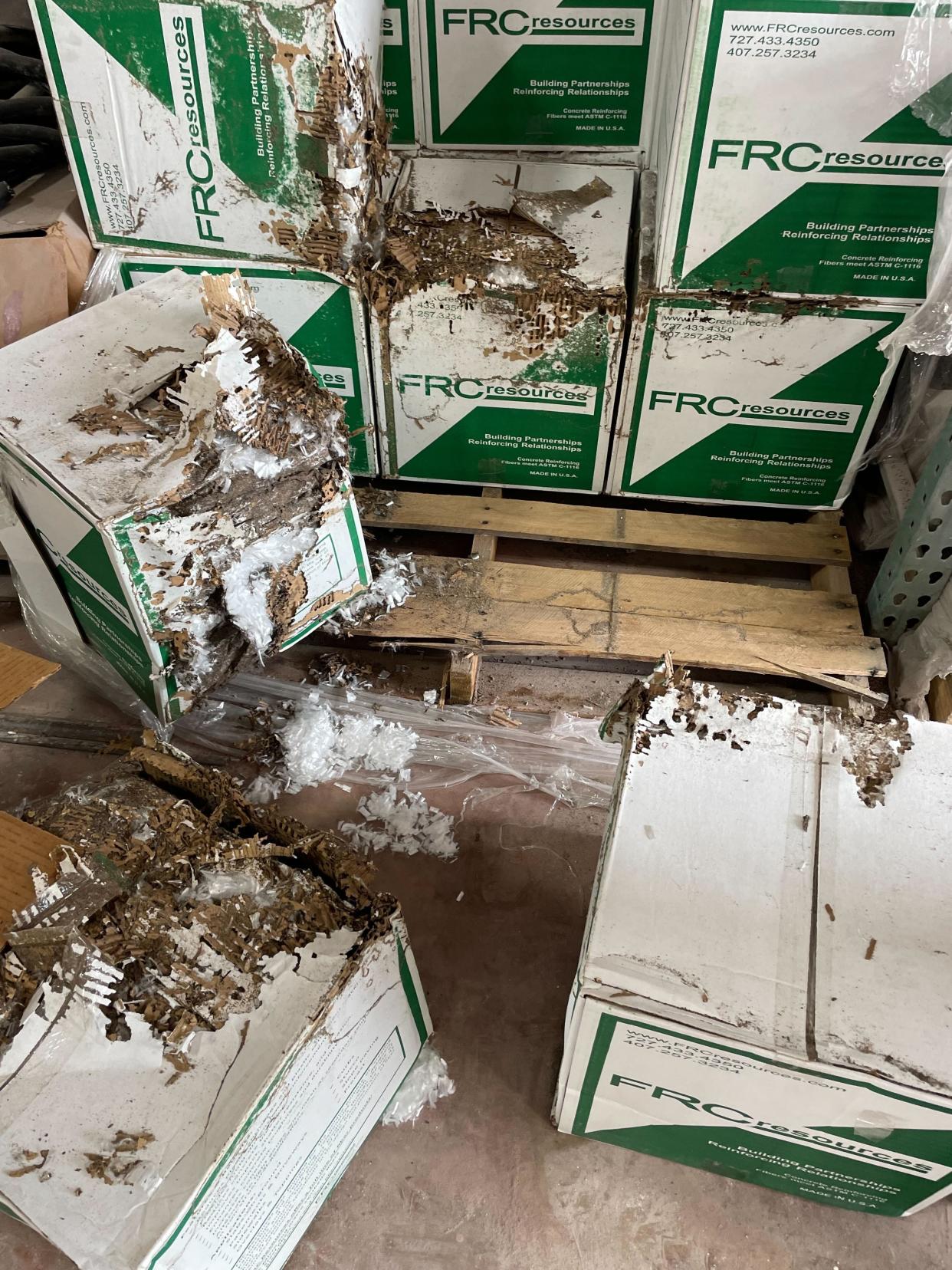Termite swarming season is underway

With an abundance of everything to love about St. Augustine, termites are not on the list. But with termite swarming season well underway, it’s important to note facts beyond the yuck factor.
According to the United States Environmental Protection Agency (EPA), termites cause billions of dollars in structural damage every year. But consumers can protect their properties from termite damage through prevention and treatment.
Daniel Banting, external operations manager for Native Pest Management, blames the billions of dollars of annual damage on the fact that termites can remain undetected, "in a wall for three-five years, creating even more damage."
"We've been called to homes where the structure was damaged, as well as floors, attics and beams because people waited too long to call," he said. "The damage can be so extensive; structures have to be repaired and/or reinforced and rooms need to be remodeled."
Banting underscored that Florida's subtropical hot, humid and moist weather is conducive to the life of termites.
Native Pest Management notes that Florida touts the greatest number of termite species in the U.S., each with its own characteristics and behaviors.
The list begins with the Formosan subterranean termites, a massive colony that can consume up to two to three pounds of wood in a standard-size home every day. These subterranean creatures build mud tubes for shelter from soil and word. Unlike other subterranean species, Formosan termites can also create aerial colonies, sidestepping the need for soil.
Because of their massive colony sizes, Asian subterranean termites are also noted as highly dangerous, especially to homes in Southern Florida.
Eastern subterranean, termites, native to Florida typically swarm between November and May during the day. Not only do they cause extensive damage, but they also discard their wings along windowsills.
The list also includes termites that prefer wet wood, like the dark Southeastern subterranean termite; the rare but damaging light Southeastern subterranean termites; Cuban subterranean termites found between the Florida Keys and Palm Beach; West Indian subterranean termites; West Indian drywood termites; drywood termites common in older, densely populated cities with old wooden structures; and western drywood termites who take a destruction vacation in December.
Florida drywood termites are present in St. Johns County. Dampwood termites, the largest termites in Florida, swarm from late spring to early winter. And last but not least are the cone-headed termites, who swarm during Florida’s rainy season May-November. Oddly enough, these termites are described as having heads with a cone-shaped tip.
According to Native Pest Management, termites’ nest – swarm – in wood. It can take five to 10 years for termite colonies to mature and repeat the cycle, which means colonies can exist years before any damage is noticed.
Tips to ward of swarming termites include:
Reduce moisture: Keep water sprinklers from splashing homes and wooden fences. Replace mulch along the home’s foundation with stones. Repair all leaks.
Reduce exterior lighting: Replace white security lights with yellow or purple bulbs to avoid attracting swarming termites and other flying insects.
Increase visibility of the home's foundation: Remove shrubs and debris surrounding the foundation to spot subterranean termite mud tubes. Early detection is critical to prevent damage.
Remove unnecessary wood: Store lumber or firewood away from the home’s foundation and remove tree stumps.
Schedule a termite inspection: Termite inspections are often free.
Termite Treatments:
Tent Fumigation: A termiticide gas kills 100% of the drywood termites. The gas dissipates upon removal of the tent. When properly conducted, fumigation completely eliminates all drywood termites present in the structure. However, it can be costly and requires extensive prep.
No-Tent Termite Treatment: A borate dust or liquid is applied to exposed wood in attics. A termiticide foam is injected into “high activity areas,” and a preventative application of foam or dust is applied in areas of most susceptible to future termite activity.
Other treatments include spot treatments, bait stations (eco-friendly), and termite trenching, twelve-inch trenches are dug along a home’s foundation to apply a termiticide inside the trench for termite control and prevention.
"I recommend an annual inspection for a home's exterior, foundation and attic by a licensed pest control professional," concluded Banting.
This article originally appeared on St. Augustine Record: Termite swarming season is underway. Here's what you need to know

